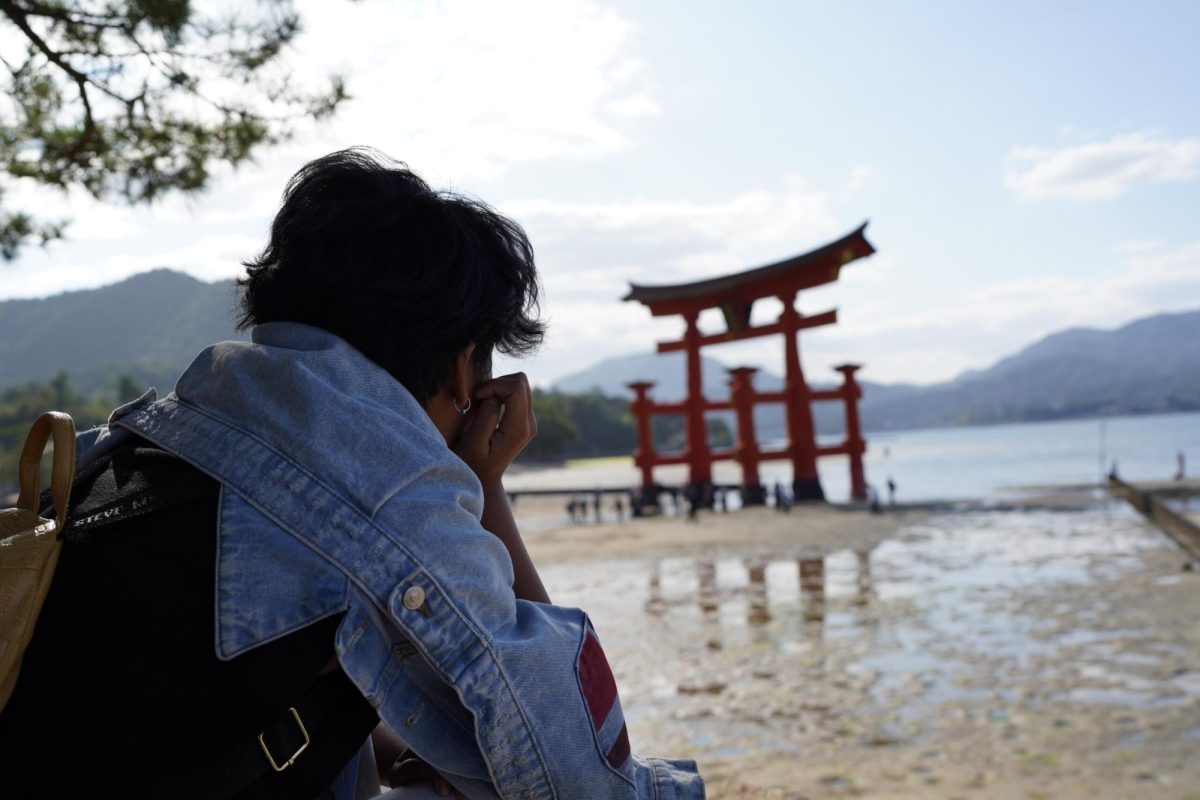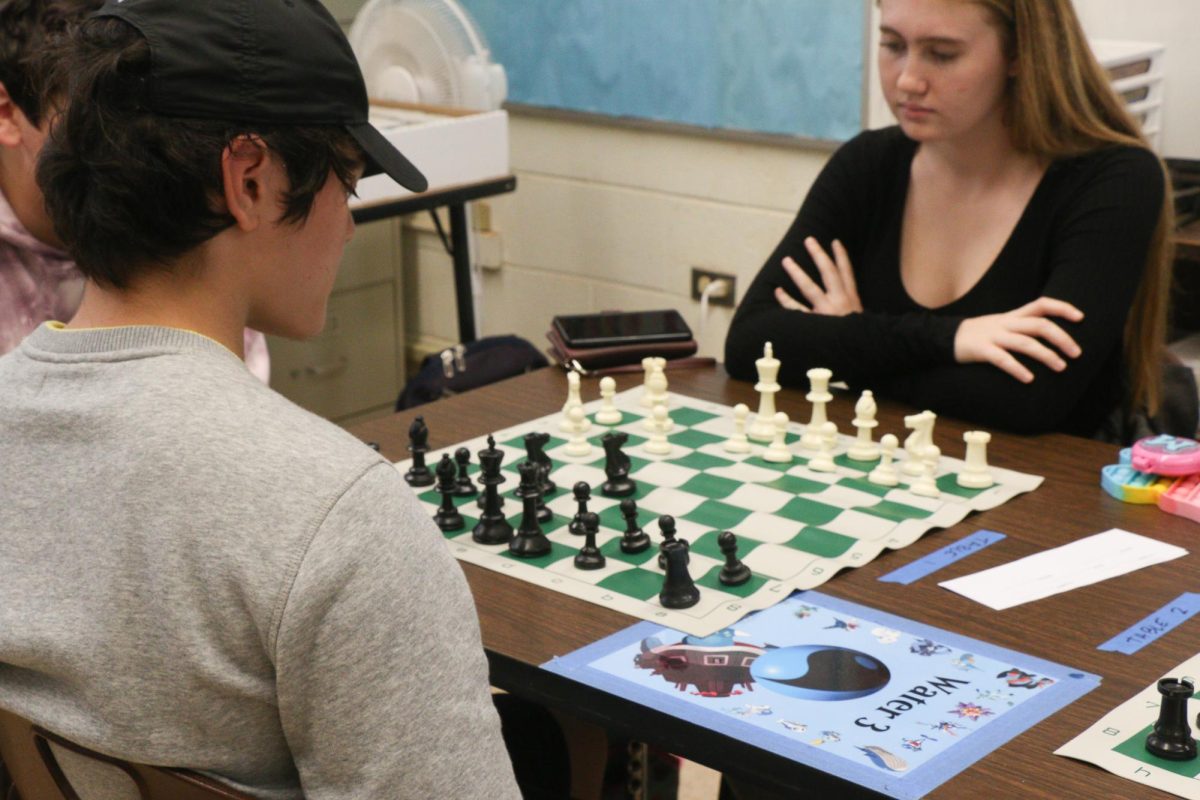By Russell Omo
[email protected]
In the hearts of every gamer lies a spot for the beloved and seemingly never-ending, Japanese role playing game franchise, Final Fantasy. Despite its title, it is anything but “final,” with 14 installments and numerous spin-off titles spanning a legacy of over 25 years since its inception in 1987 as one of the most influential franchises of all time. And coming soon is the franchise’s titular 15th installment, Final Fantasy 15, revealed at the Electronic Entertainment Expo last summer. So in anticipation of this entry, let’s take a short walk through the myriad worlds of Final Fantasy.
FINAL FANTASY I
In the late ‘80s, young president of Square Co. Hironobu Sakaguchi was dissatisfied with the sales of the company’s earlier games and understood that he and his company would go under if no action was taken. So as a last ditch effort, Sakaguchi created Final Fantasy, the implication of the title being that this would be his final game before retirement. Little did Sakaguchi know, that Final Fantasy would change the game industry and he would be a progenitor of the Japanese role playing game genre. Final Fantasy would go on to be a large hit in Japan, enough to be localized in the U.S. where it would also be a large success. The game would come out in Japan for the Nintendo Entertainment System in 1987.
The game itself accomplished what most games at the time didn’t. At the time, it told an in-depth story that many games lacked. The player was able to assemble his or her own party of different classes that included the traditional fighter who specialized in melee weapons, the black mage who practiced elemental spells or the thief whose speed and stealing capabilities are unparalleled. The game allowed the player to have complete freedom, so a party of all warriors or all black mages was a possibility, a staple of the franchise. Its complex storytelling and immersive environments brought the Japanese role playing genre to a whole new level. The aesthetic of the game to its eight bit representations of characters to the off scale overworld to the classic battle theme progression and iconic fanfare by composer Nobuo Uematsu are amongst the most memorable in the game industry. This first entry would be Square Co.’s saving grace and a second wind for Sakaguchi to continue game development for the next four entries.
FINAL FANTASY VI
Skipping some years ahead comes Final Fantasy VI, known to most fans of the series as the definitive 2D Final Fantasy game and even that of the whole franchise. Sakaguchi stepped down from his role as director this time around and allowed Yoshinori Kitase to take on the task. Final Fantasy VI was released for the Super Nintendo Entertainment System (SNES) in Japan on April 2, 1994 and Oct. 20, 1994 in North America, where it was renamed Final Fantasy III due to some entries not being localized. The game would go on to sell 2.62 million copies worldwide and would be known by most as one of the greatest games of all time.
Final Fantasy VI is hailed for its deep and engrossing storyline which flourishes by utilizing the SNES’s graphical power to create a cinematic and thematic experience, a rarity at such an early stage of the video game industry. Unlike the previous entries, the game does not operate on a class based system where characters are able to switch between jobs. Instead, the game features a large yet memorable cast of 14 main characters who specialize in their different skills, such as Sabin the martial artist (who has the insane ability to perform a german suplex on a moving train) and Shadow the ninja (who has the insane ability of being a NINJA). This wide cast of characters featured detailed development that really brought life to the game.
The game continues to use the active time battle system, which was pioneered by Final Fantasy IV, where combat is in real time and actions of each character are gauged by a constantly refilling meter. This way, strategy is on the fly and the player is enticed to think fast before the enemy can strike back.
In the time of the SNES, Final Fantasy VI was graphically stunning. Characters who used to be a bunch of static pixels, were detailed now, as they could emote expressions from being surprised, angry or even crying tears.The game also utilized different camera views that deviated from the traditional overhead view. The most iconic scene is the introduction, where the credits roll in front of magitek mechs walking in the snow to an unknown mission. This sixth installment was definity a push forward for the franchise.
FINAL FANTASY VII
Three years later comes yet another controversial title in the Final Fantasy franchise, Final Fantasy VII. The game would introduce Tetsuya Nomura to the development team, where he would take on the directorial role for future Final Fantasy games. Unlike previous installments, VII was released not for a Nintendo system, but for the Sony Playstation, bringing Final Fantasy to the third dimension in the year of 1997. Final Fantasy VII would become the most commercially successful release with 10.5 million copies sold worldwide.
Whereas the previous installments took place in a traditional fantasy world, complete with magic, castles and god-like deities, VII introduced a much more modern world, one that the present day could relate to. There are cities, modern technology, cars and even playable video games that lie within this realm.
Also unlike previous installments, VII abandons the class system entirely and instead replaces it with characters who have broad specialties. Cloud, the snarky and edgy main character, can be considered a balanced jack of all trades in comparison to the vulgar man with a machinegun arm, Barret who is considered a tank. The game changes the original formula even more with limiting equipment from full body arrangements to a single weapon and accessory. Although this seems blatantly simplified, the game offers its complexity through materia, which can be interchanged between characters, granting them magic spells, abilities and stat boosts. So instead of switching classes and gear, the player manages materia as the game progresses.
Due to being in 3D, the game utilizes dynamic camera changes with fully moving and anatomically correct models. The game also features pre-rendered cut scenes. But that isn’t to say the game aged well. I, myself, like to compare it to an amatuer claymation film. But at the time, this was a spectacular visual achievement.
This game, along with Final Fantasy VI, are in the fan’s eyes, the pinnacles of the franchise.
BEYOND
From humble beginnings to extravagant, high production values, Final Fantasy tells its own story in itself. A story of how a simple idea can cause a revolution and how a bit of hope and ambition can spark something great. Fans and those yet to experience this phenomenon can hope that there will be no final to Final Fantasy.
If you have an idea of something else to review, submit it here.







